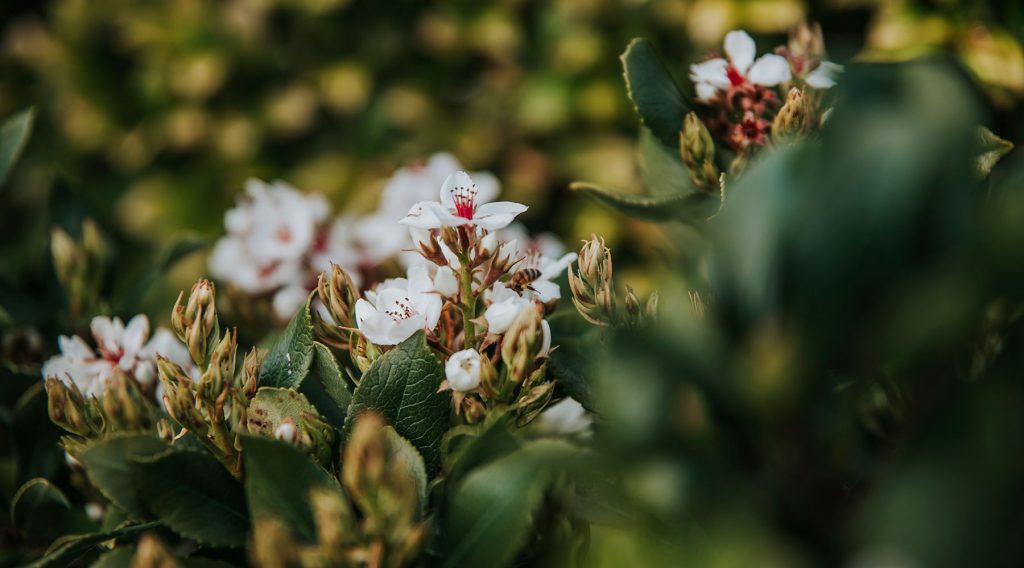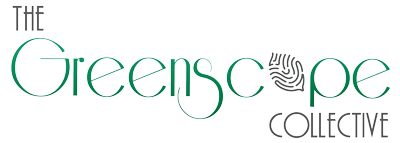Pollen equals runny noses, watery eyes and itchy throats. An estimated one in seven people living in Perth suffer pollen-induced allergies, and those numbers are on the rise. Although symptoms can hit at any time of the year, for me, Springtime is the worse time. While my friends are enjoying picnics and barbeques in celebration of winters’ end, I’m reaching for tissues and allergy medicine.
Hay fever or seasonal allergic rhinitis (for the medically minded) is an allergic reaction triggered by (predominantly) airborne pollen produced by some trees, plants and grasses. Basically, hay fever is the body’s defence against the ‘threat’ of pollen. No, pollen is not a real bodily threat, but the immune system of suffers mistakes it for a harmful substance and reacts. Nice to know our immune system is protecting us, still pretty inconvenient when trying to enjoy a social occasion in our great outdoors.
Hay fever is hereditary but can also be caused by repeated exposure to irritants over time. This is what happened to me. My younger self was allergy-free, but over the years I’ve found more and more hay fever symptoms present. Like me, continuous exposure to irritants has caused the number of hay fever cases in Perth to rise each year. I am told there is little chance of tempering my body’s amber alert on pollen. Instead, the best strategy is to know what triggers your symptoms and avoid those triggers or learn how to cope.
If you know what plants and pollen trigger your symptoms you can be on the lookout and minimise your exposure while they are in flower.
Different plants pollinate at different times of the year. Not all sufferers are triggered by the same pollen and not all pollen triggers an allergic reaction. It can get confusing. Which is why I try to pay attention to the plants in flower when my symptoms appear. If you know what plants and pollen trigger your symptoms you can be on the lookout and minimise your exposure while they are in flower.

If there’s no way of avoiding your triggers, try different remedies and products to find out what works best for you. If you choose to go the medication route, consult a pharmacist. Not all over the counter medications are made equal. Some can cause drowsiness and so affect focus and concertation. Less than ideal when driving or delivering that important presentation.
A natural remedy that’s been said to work is eating honey from a local hive in the lead up to spring. Honey is made from pollen. So, the idea is local pollen used to make the honey can desensitise an allergic reaction. Get it? That said, pollen carried by bees is larger and stickier than airborne pollen from grasses and some trees, which is supposed to be the main stuff that sets your nose running. Still its yummy honey, so worth a try.
Now that you are up to speed on the basics, let’s look at some of the worst offenders when it comes pollen allergies.
Trees
- Ash –Fraxinus griffithii or Evergreen Ash has become a popular landscaping and street tree in and around Perth suburbs because they are fast growing and drought tolerant. The flowers appear in white panicles on the crown and born in Spring. The flower releases pollen for only two weeks per year during October or November.
- Birch – Birch trees or Betula pendula are becoming increasingly popular landscaping trees because of their feature foliage and bark and non-intrusive root system. With one of the most allergenic pollens, you should pay extra attention to areas with these trees from early October.
- Bottlebrush – Callistemons or Bottlebush are a popular Australian native plant and great for supporting native wildlife.
- Oak – There are many species of Casuarina or Sheoak aka Australian Oak trees that produce pollen throughout the year. These have been known to cause allergic rhinitis symptoms, which unfortunately can happen at any time of the year.
- Plane – Platanux X Acerifolia otherwise known as the London Plane Tree is a very popular carpark, park and street tree thanks to its large shade producing canopy. This is my pollen nemesis, flowering at the very start of Spring in September.
- Pine – Callitris columellaris of White Cypress (Murray) Pine is the only Australian tree that produces highly allergenic pollen. It grows across Australia and flowers from late July through to the end of August.
- Wattle – Wattle trees are often blamed for hay fever symptoms in early spring but allergy tests (skin prick tests) rarely show wattle pollen to have allergenic properties.
Grasses
When it comes to hay fever inducing pollen, few plants match grasses. In fact, almost 95% of allergic reactions to pollen are caused by grasses, especially taller species and meadow grass from the Northern hemisphere. Meadow grasses have a long flowering period from October to December and are more allergenic than Australian native grasses.
- Couch grass – Very common lawn grass commonly used for sports grounds but also found in many Perth backyards. Runners are very vigorous and invade flowerbeds and are difficult to control. Has a very long flowering season from December right through to March.
- Rye grass – Rye grass is sown as a pasture grass but it is also pops up on roadsides and nature strips. It can also appear in lawn seed mixtures. Flowers through October and November.
- Winter grass – as the name suggests this short-lived weed of lawns and nature strips flowers in June and September.
Weeds
- Asthma weed – an urban weed colonising Sydney at first but has since spread and has been reported in Fremantle. Flowering and pollen season September and November.
- Rapeseed – A popular and visually stunning (imagine fields of shimmering golden yellow plants) agricultural crop. Rapeseed can be a nightmare for hay fever sufferer’s as the pollen can be carried for tens of kilometres by the wind.
- Plantain – A small leafy, flowering weeds usually found in lawns, verges and vacant lots. The flowering and pollen season run September to November, but it’s unlikely to cause a reaction as it has a low pollen count.

Take a look at ASCIA’s handy Pollen Calendar for a list of common allergenic pollen producing plants.
Creating an allergy-free garden
Now you know. It is the airborne pollen from some plants that your body (if you suffer from hay fever) thinks is harmful and reacts to fend off the foreign object. Now here are a few tips on how to create an allergy-free garden.
- Avoid wind-pollinated plants. Plants with bright showy flowers are generally pollinated by insects or birds and plants with small inconspicuous flowers are generally wind-pollinated. Stick to plants advertised as ‘bird attracting’ or ‘insect attracting’ if unsure. Avoid planting European trees, like Birch and Ash and northern hemisphere grasses as these have airborne pollen.
- Avoid strongly scented flowers. These are more likely to trigger allergy flare-ups. Absolutely stay clear of using ornamental grasses.
- Maintain your lawn. If you really want to have lawn in your garden, make sure it is mowed regularly to stop the grass from flowering. Or choose a low pollen producing grass like the hybrid couch varieties. As the biggest culprit of hay fever, you may like to consider replacing your lawn with groundcovers or artificial turf.
- Banish the weeds. Weeds are bad news for us allergy sufferers. The best remedy is prevention which means staying on top of weeding. Remove weeds in your lawn before they flower and use weed-supressing groundcovers to keep weeds out of your garden beds.
- Avoiding gardening in the afternoon in the Spring. This is when pollen counts are typically at their highest. Prune pollen-producing trees and shrubs early to reduce pollen production.
- Check the pollen forecast. Yes, that’s right, just like the weather or the swell conditions there’s also a forecast for pollen. A number ofweather websites now include estimated pollen count for the week ahead. So now you can check the 4-day pollen forecast for Perthand limit your time outdoors on high pollen count days.
Another way to limit your exposure t hay fever inducing plants is to try adding life to your garden by painting your fences, use vibrantly coloured fabrics on garden furniture and get creative with your plant pots.
For professional advice on how to design you allergy-free garden contact The Greenscape Collective.
